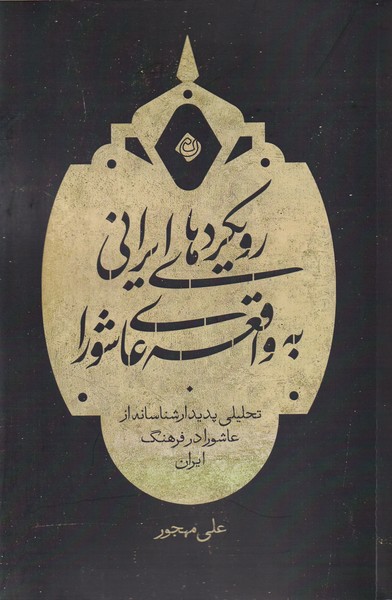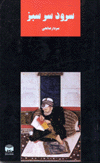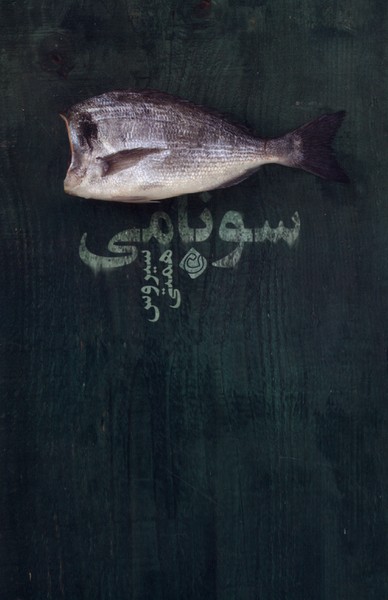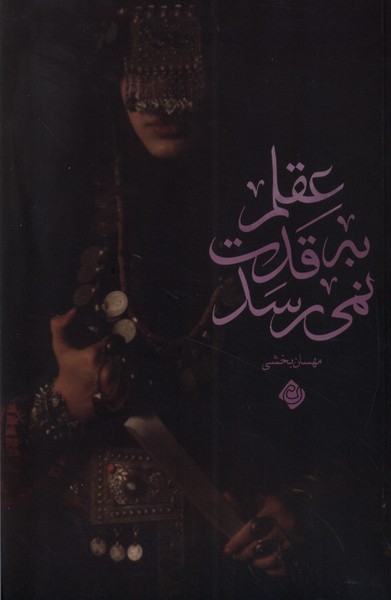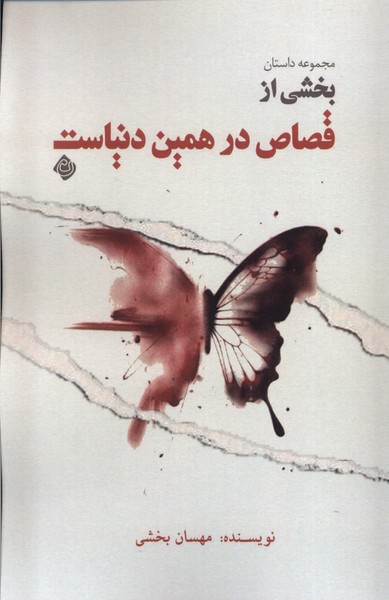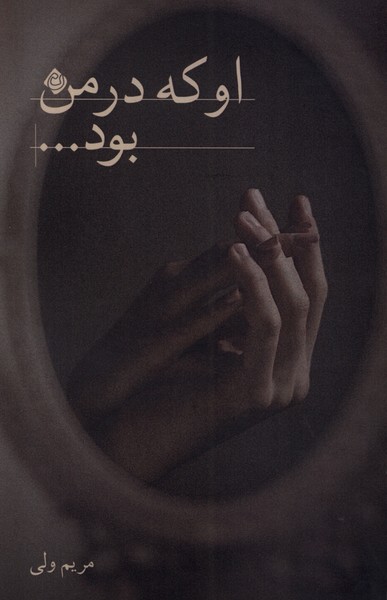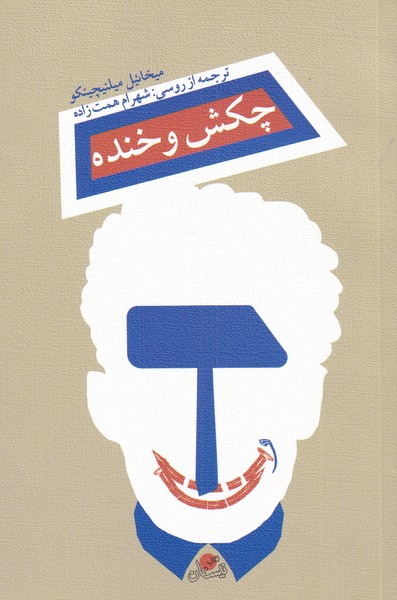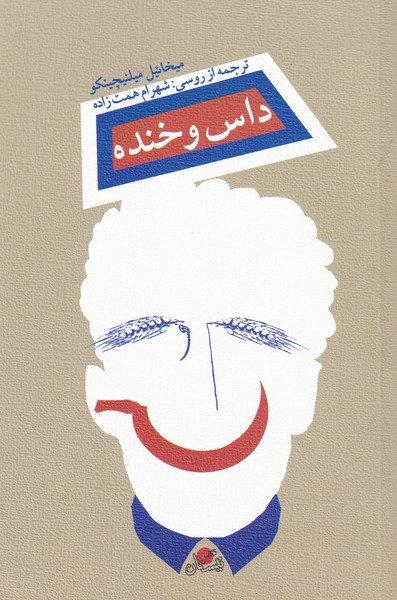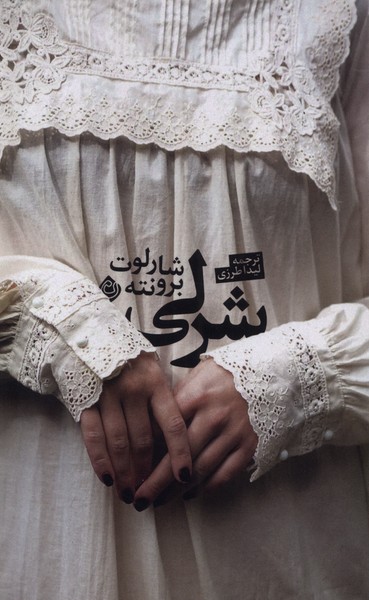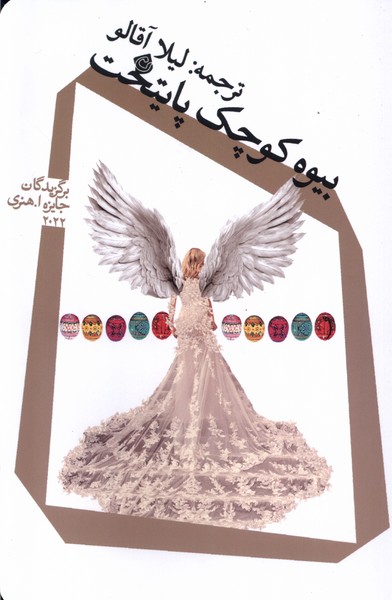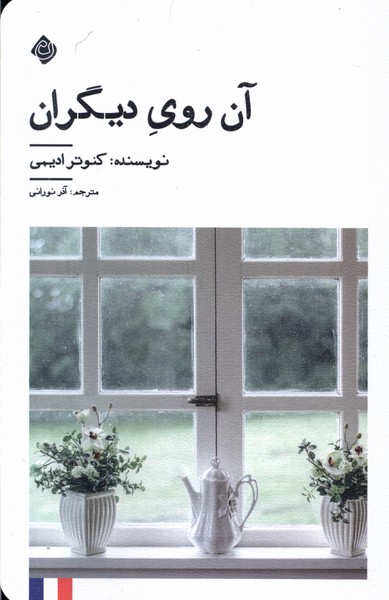Rūykard'hā-yi Īrānī bah Vāqi'ah-yi 'Āshūrā: Taḥlīlī Padīdar'shināsānah az 'Āshūrā dar Farhang-i Īrān: Persian 1403
رویکردهای ایرانی به واقعهی عاشورا: تحلیلی پدیدارشناسانه از عاشورا در فرهنگ ایران
18.00 $
Share
Wishlist
Original Title:
رویکردهای ایرانی به واقعهی عاشورا: تحلیلی پدیدارشناسانه از عاشورا در فرهنگ ایران
ISBN:
9786228410432
Publisher:
Kitab-i Niyistan
Age Group:
Adult
Pages:
426
Weight:
420 g
Dimensions:
14 x 21 x 3.8 cm
Book Cover:
Paperback
In this book, the author Ali Mahjur has examined the Iranian view and relationship with Ashura. According to Mahjur, since the day after Ashura in 61 AH, for the Iranian people, Ashura has been considered a terrifying and terrible event as an event that occurred in the geography of Iran. Less than fifty years have passed since the decline of the Sassanid Empire, and the people of Iran, some of whom live in Mesopotamia and some who travel to this region, have witnessed the martyrdom of Imam Hussein (AS). For Iranians, the sacred has a high status, and for this reason, the killing of the grandson of the Messenger of God (PBUH) by the Muslims themselves was a terrible and terrible event; therefore, the reactions of Iranians to this event began the day after Ashura, and over the years and centuries, these reactions gradually diversified.
Mahjoor claims that alongside the historical Ashura, there is also a phenomenal Ashura that is the result of the accumulation of interpretations that we Iranians have had of this historical event. According to him, the phenomenal Ashura is the accumulation of different and diverse interpretations that we Iranians have given to Ashura throughout history and by the conditions and situations.
In this book, Mahjoor has interpreted these interpretations in the form of 7 approaches. His first approach to Ashura is the mythological approach that has a moral function in culture, and any mythologizing of the characters and events of the Ashura event is actually related to a moral virtue that the mythographer intends to immortalize in Iranian culture.
The second approach considered by Mahjoor is the mystical approach to Ashura. In this approach, he has examined Iranian Islamic mysticism and its influence on the description of Ashura. In this approach, the event of Ashura is described in terms of the mystical conduct of the Master of the Martyrs (AS) and his companions. The third approach is a ritual approach to the event of Ashura, which includes all the customs, traditions, and mourning that exist in different parts of Iran and different historical periods with urban, rural, ethnic, and religious diversity. In this section, Mahjoor has examined the mourning of Iranians from a semiotic perspective.
The emotional approach is the fourth approach, Mahjoor has examined the role of Iranian women in the interpretation of Ashura and how the feminine perspective has contributed to the enrichment of the emotional approach.
The fifth approach is about theological interpretations of Ashura, in which monotheism is considered as the axis of the event of Ashura. In this approach, historical and theological perspectives are important together, and the narration of any event of Ashura must necessarily be based on sufficient historical evidence as well as theological and theological rules.
The sixth approach is the normative approach to the event of Ashura, which includes all normative interpretations of Ashura. The last approach is called the comprehensive approach, and it refers to an approach in which Iranians, following the Imams (a.s.), have tried to pay attention to all normative, mythical, theological, ritual, emotional, and mystical aspects related to the event of Ashura in a comprehensive interpretation of Ashura.
Mahjoor writes in this book: If we can look at Ashura as part of Iranian history, understanding this historical event as an important event in Iranian culture will not open a new horizon for our eyes, and in the cultural background of the event of Ashura, there is no place for the Iranian people and culture. When we divide time into before and after Ashura based on it, from the day after Ashura, Iranian culture pays increasing attention to this event. This event is not considered like any other historical event, but rather as a cultural source in Iran, playing a role as a component in Iranian culture. And it establishes a reciprocal relationship with other components and elements of Iranian culture.
more
علی مهجور نویسنده در این کتاب، به بررسی نگاه و رابطه ایرانیان با عاشورا پرداخته است، به گفته مهجور از فردای عاشورای سال 61 هجری، برای مردم ایران، عاشورا به عنوان واقعهای که در جغرافیای ایران رخ داده است، واقعهای هولانگیز و سهمگین تلقی میشود. کمتر از پنجاه سال از زوال امپراتوری ساسانی میگذرد و مردم ایران که برخی از آنها در بینالنهرین ساکن هستند و برخی آمد و شد به این منطقه دارند، شاهد شهادت امام حسین(ع) هستند. برای ایرانیان، امر مقدس از جایگاه والا برخوردار است و به همین دلیل کشته شدن نواده رسول خدا(ص) آن هم توسط خود مسلمانان، واقعهای مهیب و سهمناک بوده است؛ بنابراین از فردای واقعه عاشورا واکنشهای ایرانیان به این واقعه آغاز میشود و با گذشت سالها و قرنها به مرور این واکنشها تنوع پیدا میکند.
مهجور مدعی است که در کنار عاشورای تاریخی یک عاشورای پدیداری هم وجود دارد که حاصل انباشت تفسیرهایی است که ما ایرانیان از این واقعه تاریخی داشتهایم. به گفته وی، پدیدار عاشورا عبارت است از تجمیع تفسیرهای مختلف و متنوعی که ما ایرانیها در طول تاریخ و به تناسب شرایط و موقعیتها از عاشورا به دست دادهایم.
مهجور در این کتاب این تفسیرها را در قالب 7 رویکرد، تفسیر کرده است، نخستین رویکرد وی به عاشورا رویکرد اسطورهای است که کارکرد اخلاقی در فرهنگ دارد و هرگونه اسطورهسازی از شخصیتها و رخدادهای واقعه عاشورا در واقع، مرتبط با فضیلتی اخلاقی است که اسطورهپرداز قصد دارد، آن فضیلت اخلاقی را در فرهنگ ایرانی جاودانه سازد.
رویکرد دوم مدنظر مهجور، رویکرد عارفانه به عاشوراست. او د راین رویکرد به بررسی عرفان ایرانی اسلامی و تاثیری که بر توصیف عاشورا داشته پرداخته است، در این رویکرد، واقعه عاشورا از جهت سلوک عرفانی سیدالشهدا(ع) و یاران آن حضرت توصیف میشود. رویکرد سوم رویکرد آیینی به واقعه عاشوراست و دربرگیرنده همه رسوم و آداب و عزاداریهایی که است که در نقاط مختلف ایران و در دورههای مختلف تاریخی با تنوع شهری، روستایی، قومی و دینی وجود دارد، در این بخش مهجور به بررسی سوگواریهای ایرانیان از دریچه نشانهشناختی پرداخته است.
رویکرد عاطفی، رویکرد چهارم مهجور است، در رویکرد عاطفی نقش زنان ایرانی نیز در تفسیر عاشورا دیده شده است و اینکه نگرش زنانه چگونه به غنای رویکرد عاطفی کمک کرده است.
رویکرد پنجم در باب تفسیرهای الاهیاتی از عاشوراست که در آنها توحید به عنوان محور واقعه عاشورا در نظر گرفته میشود. در این رویکرد نگرش تاریخی و کلامی با هم اهمیت دارد و اینکه نقل هر رخدادی از عاشورا الزاما باید مبتنی بر شواهد تاریخی کافی و نیز قواعد کلامی و الاهیاتی باشد.
رویکرد ششم رویکرد هنجاری به واقعه عاشوراست که همه تفسیرهای هنجاری از عاشورا را در بر میگیرد، رویکرد آخر نیز رویکرد جامع نام دارد و به رویکردی اشاره دارد که ایرانیان به پیروی از ائمه(ع) کوشیدهاند تا در تفسیری جامع از عاشورا به همه جنبههای هنجاری، اسطورهای، الاهیاتی، آیینی، عاطفی و عرفانی مرتبط با واقعه عاشورا توجه کنند.
مهجور در این کتاب مینویسد: اگر بتوانیم به عاشورا به عنوان بخشی از تاریخ ایران نظر بیافکنیم، فهم این واقعه تاریخی به مثابه رخدادی مهم در فرهنگ ایرانی، افق تازهای را درباره دیدگان ما قرار نخواهد داد و در پیشزمینههای فرهنگی واقعه عاشورا جای مردم و فرهنگ ایرانی خالی است. وقتی بر مبنای عاشورا، زمان را به پیش و پس از آن تقسیم میکنیم، از فردای عاشورا فرهنگ ایرانی به این واقعه توجه روز افزون میکند، این واقعه نه هم چون هر رخداد تاریخی دیگر بلکه به عنوان یک منبع فرهنگساز در ایران مورد توجه قرار میگیرد، همچون مولفهای در فرهنگ ایرانی ایفای نقش میکند. و رابطهای متقابل با سایر اجزا و عناصر فرهنگ ایرانی برقرار میکند.
more

